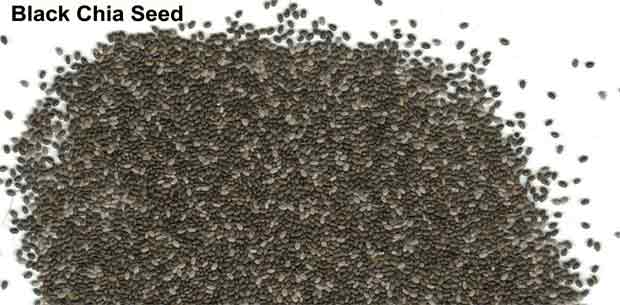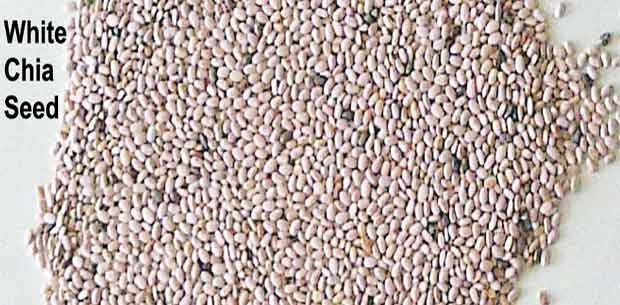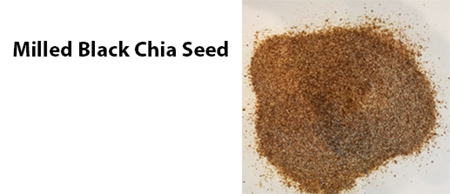Consumption of Omega6 and Omega3 Fatty Acids – What is the Correct Ratio and Why?
Wayne Coates
Professor Emeritus
The University of Arizona
Most human evolution took place during the Paleolithic period, hence genetically humans remain adapted to the Paleolithic diet. (Wadley and Martin, 1993; Eaton and Eaton III, 1999, 2000) We can look at the diet of humans during that period of time to determine to a great extent what our present diets should be comprised of. During the Paleolithic period, human diets contained an omega6/omega3 ratio of approximately 1:2. It stands to reason we should be consuming a diet that approaches this ratio. The problem is, however, today the ratio is not only reversed, it is actually around 12:1.
Why has this ratio become the new norm? Really this is due to many factors. These include the agricultural and industrial revolutions, changes in lifestyle, and the advent of the fast food industry. With many foods today being comprised of significant amounts of corn and soybeans, which are high in omega6 fatty acids and low in omega3 fatty acids, it stands to reason that the amount of omega6 being consumed has increased. On the other hand, sources of omega3 fatty acids such as leafy greens, nuts and seeds has decreased. The result is the very unhealthy balance between these two essential fatty acids in our diet.
What does this mean for the health of individuals? One of the first and foremost effects is that the high level of omega6 fatty acid, reduces the conversion of short chain omega3 fatty acid to long chain omega3 fatty acids. This can result in a deficiency of EPA and DHA, both of which are critical for a healthy human life. Supplementation with these two long chain fatty acids is an option, but this not the way the human body was intended to function. A recently published paper by Lafourcade et al. (2011) found that a lifelong imbalance in the omega6/omgea3 ratio had a major effect on brain PUFA levels in mice. Additionally they found low omega3 levels reduced the function of the CB1R receptor which which then can be linked impaired emotional behavior, including depression, which tends to exist in western diets. Belsey (2008) reported on a meta analysis that showed that patients with established CHD the risk of a recurrent event is reduced 29% by the introduction of a diet with a low omega6/omega3 ratio. This translates into a tremendous savings in health care costs which the author estimated to be $18 billion annually in the USA.
The situation with vegetarians, especially vegans, appears to be even more critical. Typically their diets are very low in omega3 fatty acids, as consequence they generally have low serum omega3 levels in the tissue membrane phospolipids. This in turn is associated with increased homocysteine levels and decreased plasma HDL-C. These two characteristics appear to be associated with increased thrombotic and atherosclerotic risk. (Duo, 2011). In one trial plasma homocysteine levels were significantly decreased after one year of increased omega3 intake.
Prostaglandins are good eicosanoids derived from both omega3 and omega6 fatty acids and they regulate cellular activity. Some of the things they influence are heart rate, blood clotting, inflammatory responses, insulin activity, immune response, etc. There are three prostaglandins, series 1 and 2 are derived from linoleic acid, series 3 from linolenic acid. In essence series 1 promotes performance and good health, series 2 disrupt these attributes and series 3 block the formation of series 2 prostaglandins. Another way this can be put is that omega6 fatty acids potentiate inflammatory process (are pro-inflammatory) and hence could predispose someone to, or exacerbate, inflammatory responses. On the other hand, increased intake of omega3 fatty acids may dampen inflammation (are anti-inflammatory) and hence may suppress inflammatory diseases. (Sijben et al., 2009)
Bibliography
Belsey, J.D. 2008. Omega3 Fatty Acids and the Risk of Cornonary Heart Disease. Chapter 6 in: Wild-Type Food in Health Promotion and Disease Prevention. Edited by F. De Meester and R.R. Watson. The Humana Press, N.J.
Duo, L. 2011. Chemistry Behind Vegetarianism. J. of Agricultural Food Chemistry, 59:777-784. doi:10.1021/jf103846u.
Eaton, S. B., S.B. Eaton III. 1999. Evolution Diet and Health. Department of Anthropology and Radiology, Emory University, Atlanta, Ga., 12pp.
Eaton, S. B., S.B. Eaton III. 1999. Paleolithic vs. Modern Diets: Selected Pathophysiological Implications. European Journal of Nutrition 39(2):67-70.
Lafourcade, M., T. Larrieu, S. Mato, A. Duffaud, M. Sepers, I. Matias, V. De Smedt-Peyrusse, V.F. Labrousse, L. Bretillon, C. Matute, R. Rodriguez-Puertas, S.Laye, O.J. Manzoni. 2011. Nutritional Omega-3 Deficiency Abolishes Endocannabinoid-mediated Neuronla Functions. Nature Neuroscience. doi:10:10.1038/nn.2736.
Sijben, W.C., G. Boehm, C. Calder. 2009. Fatty Acids in Immunomodulation: Role in Disease Prevention and Causation. Pp 545-584 In: Fatty Acids in Health Promotion and Disease Causation, R.R. Watson, Editor, AOCS Press.
Wadley, G., A. Martin. 1993. The Origins of Agriculture: a Biological Perspective and a New Hypothesis. Australian Biologist 6:96-105.







